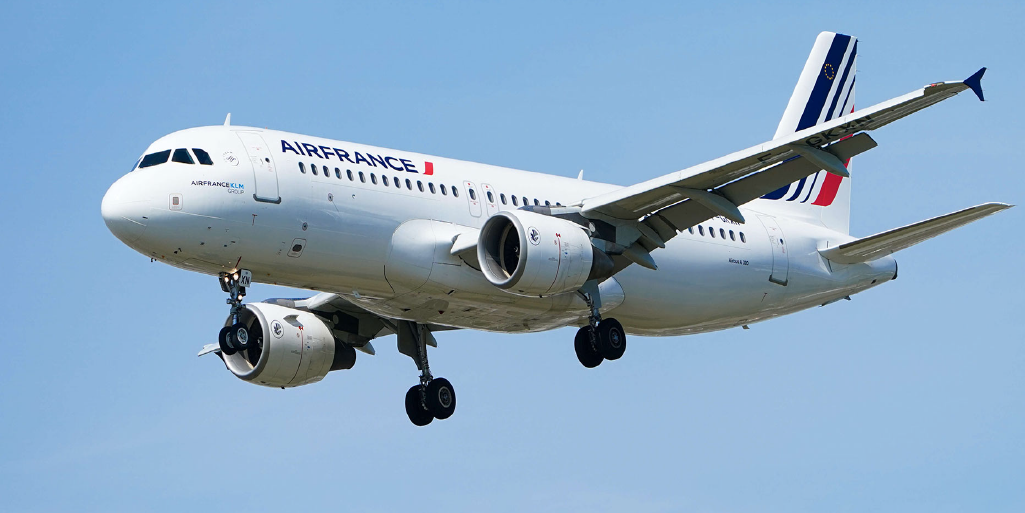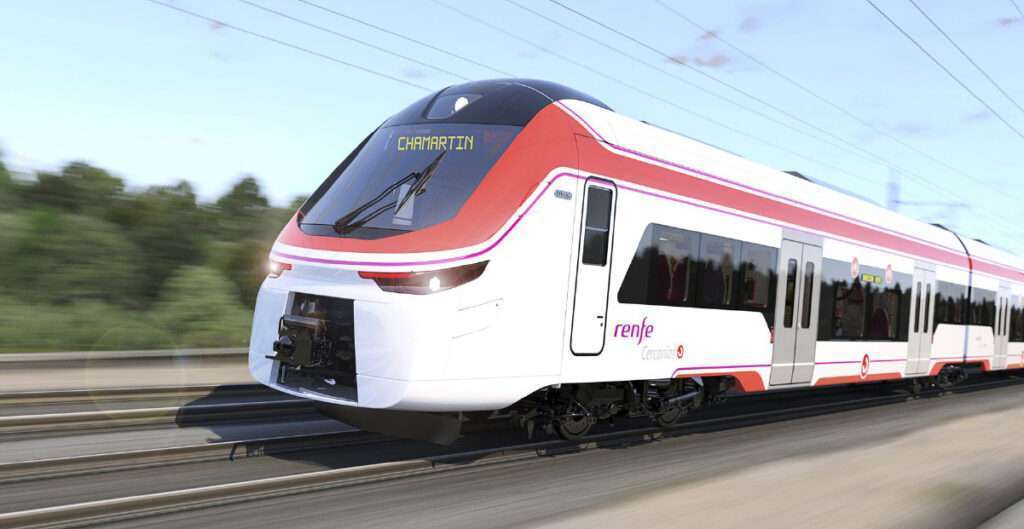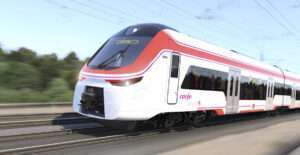Airlines are offering more and more services to satisfy the new demands of their passengers. However, the priority seems to be more focused on entertainment and products sold in-flight rather than on other issues. For example, the way to get around once you arrive at your destination. In order to reinvent the travel experience, it is important that airlines understand that the journey does not end at the airport, but that there is a before and an after. It is essential to respond fully to the needs of customers. In this case study, we will present the different solutions that allow airlines to innovate in the travel experience.
Offer new additional services
In most cases, when a traveller takes a plane, he or she must arrive at a specific place at a specific time. For example, if he has to check-in at the hotel at a restricted time or if he has a business meeting. That’s why having real-time information on the status of the flight you are on is essential. But it is not enough. To guarantee a good experience for passengers, it has become equally important to offer additional ground mobility services or “commission-based ancillary revenue”. The idea is to offer, within the airlines’ applications, but also within their IFEs, functionalities allowing travellers to transfer to and from airports. These commission-based ancillary revenues are in fact all the revenues earned by the airlines outside the sale of the ticket. These commissions, which are becoming more and more numerous in the tourism sector, can be a major turning point in terms of profits. Much used by low-cost airlines, these revenues are absolutely not negligible, considering the financial impacts linked to the pandemic on the airline market.

Improve the overall traveler experience through mobility
By offering these mobility services, airlines fulfill two objectives. The first is to fully meet the needs of their travelers, by offering them solutions to get to the airport, but also to arrive at their final destination. When planning a trip by plane, passengers often have to go to different sites to book their flights, but also to plan and book the trip to the hotel. By offering a MaaS solution within its website or application, airlines will therefore intermediate between all the steps of the trip. It is necessary to guarantee a trip covering “the last mile”. Moreover, although there are often different transportation offers inside airports, in reality, with stress and a suitcase under the arms, it is difficult to find your way. Especially since the different services (cabs, shuttles, buses) are often at different locations in the airport. It can therefore be difficult for the passenger to evaluate all the options available to him.
In fact, this is what All Nippon Airways (ANA) decided to do in March 2020. It has integrated features to access the airport, but also additional information such as the time at which the security check should be conducted. All this with the aim of improving the experience of their customers.
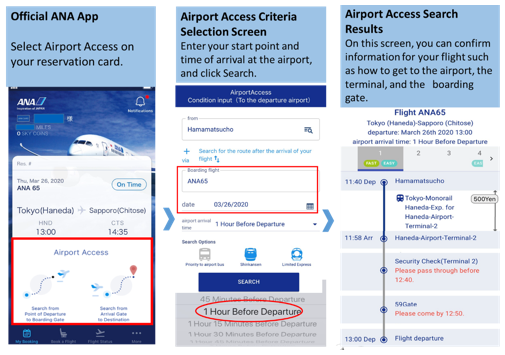
According to a study by SIA Partners, nearly 21% of consumers use their smartphones to purchase airline tickets. This, therefore, represents a significant portion of their customer base. Despite these figures, ancillary fees are not as well integrated into mobile applications as on websites. Indeed, there is a difference between the type of services offered. For example, car rental is offered in 30% of airlines on the website against 15% for mobile applications. However, these types of fees are a boon for airlines, so it is essential for them to integrate this type of ancillary fees related to ground mobility in their mobile applications.
Offer innovative solutions to differentiate yourself
The second objective is to concentrate all the purchases made by airline customers directly on a single platform, with additional offers. From here, comes the opportunity to measure and analyze their travelers’ data, with the possibility of having information on the modes of transport that are preferred, the needs, but also the price that travelers are willing to pay to travel. With this data, airlines will be able to create tailor-made travel experiences for their passengers. Knowing the needs in terms of ground mobility is therefore essential to anticipate the needs of its passengers.
Why is this so important? Simply because, with competition, it is important for airlines to renew and innovate. Just like car manufacturers, airlines are facing changes in customer needs due to increased competition. Customers are no longer looking for personalization, but for an on-demand service, which takes into account the environment and the context. By offering new services, airlines can collaborate with different mobility players and at the same time benefit from additional revenues (related to ancillary fees), for example by earning a commission share.
Promote a less-polluting mobility
As the Flygskam (shame of flying) movement invades the European continent, the image of the plane is deteriorating. It is not only seen as a fast and practical means of transport, it is also perceived as too polluting. Polluting on the one hand because an airplane consumes a lot of fuel, but also because one of the most used solutions to get to or from the airports is the car (or the cab). This is where airlines have a role to play. By integrating alternative transport operators or carpooling solutions directly on their platform, airlines could contribute to reduce the ecological footprint of their passengers.
For example, airlines could use the data collected to connect several travellers making the same trip to the airport and offer them the possibility of carpooling. They could also propose, directly from their platform, the possibility to buy tickets according to the city in which the traveller is going. Often a source of stress, this feature could guarantee the traveler to arrive at his destination without having to borrow a car. Moreover, the traveller will not need to waste time buying tickets, but can simply use the application of the airline he used. By integrating the bus schedules, for example, the traveler can, on board the plane, start planning his trip, without rushing.
Thanks to solutions such as Lyko, it is very easy to integrate this type of information within its platform. This is what the airline company Joon has done. In collaboration with Lyko, the airline has integrated directly into its IFE and its mobile application the possibility to book its intermodal journey.
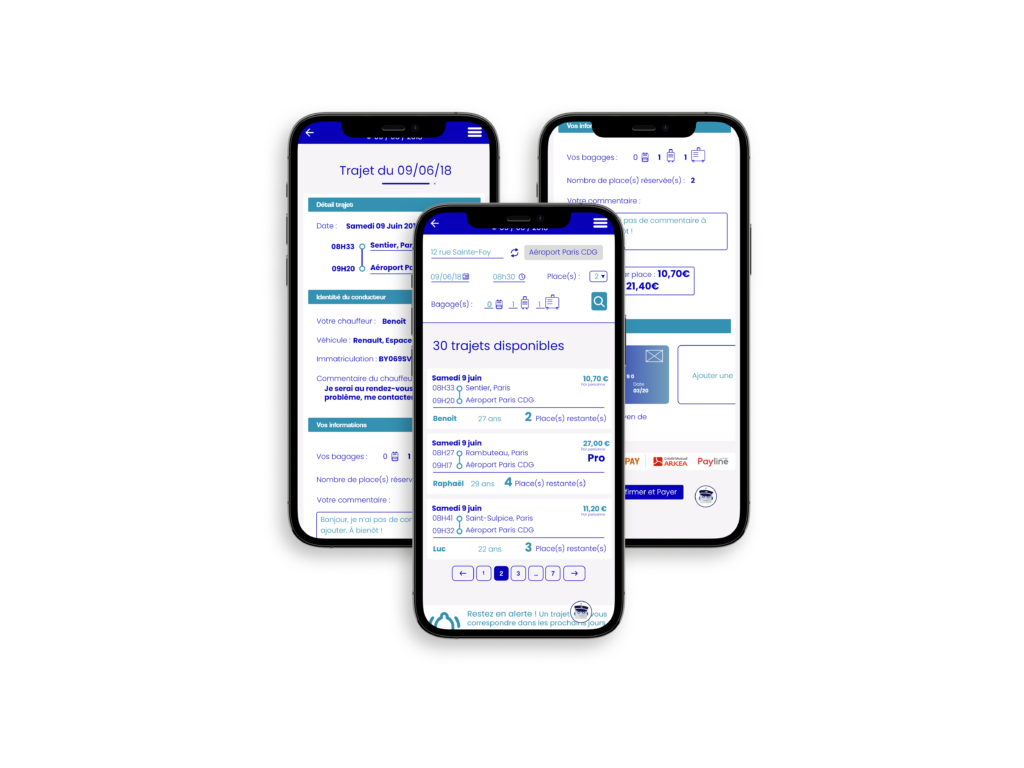
More than ever, it is important for airlines to renew themselves through MaaS. Just like car manufacturers, airlines need to get used to and act quickly on the changing needs of their customers. It’s no longer just about flying, but about building an experience around flying.
